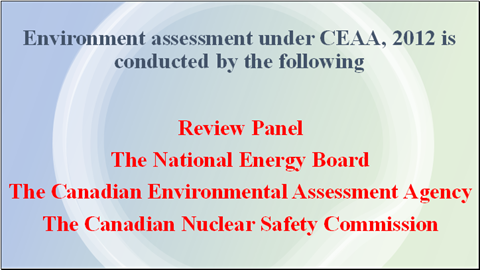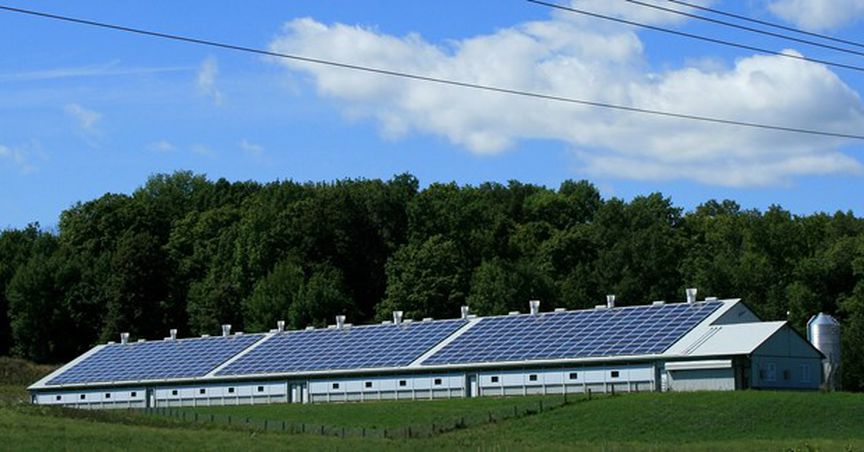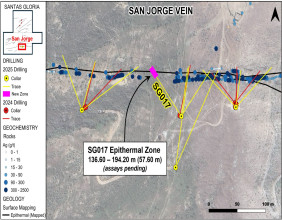Highlights:
- The Canadian Environmental Assessment Act 2012 (CEAA) defines environmental assessment as a process that helps in evaluating, predicting, and identifying a proposed project’s environmental impacts
- The projects that involve physical activity come under the Regulations Designating Physical Activities, these include construction of new waterways, mines, or the development of a large new marine terminal
- Four types of environmental assessment under CEAA 2012 include screening, comprehensive study, mediation, and assessment by a review panel
An environmental assessment helps in identifying possible environmental impacts, recommending plans to reduce adverse environmental impacts, and giving a prediction about whether there will be a bad environmental effect even after the execution of mitigation plans. To encourage the sustainable use of natural resources, and to conserve the environment from designated projects’ adverse environmental impacts, and for various other reasons, the government of Canada has introduced the Canadian Environmental Assessment Act, 2012 (CEAA). In this article, we will learn about CEAA 2012.
The environmental assessment process helps in identifying adverse environmental effects of projects, such as loss of fish, migratory birds, or marine plants, and food contamination on which Indigenous peoples depend.
CEAA 2012 defines environmental assessment as a process that helps in evaluating, predicting, and identifying a proposed project’s environmental impacts. It is involved in placing responsibilities and procedures for conducting environmental assessments of projects that include decision-making of the federal government. CEAA regulations are focused on establishing a law framework for Canada’s federal environmental assessments.
Who conducts the environmental assessment under CEAA 2012?
- Review panel
- The National Energy Board
- The Canadian Environmental Assessment Agency
- The Canadian Nuclear Safety Commission
Also read: What is the modernized Fisheries Act in Canada?
What is the purpose of CEAA 2012?
- CEAA helps in ensuring that the designated projects are conducted with safety and precautions
- It helps in promoting coordination and cooperation between provincial and federal governments
- To build a healthy environment and economy, it is motivating federal authorities to promote sustainable development
The act is based on various guiding principles that include the integration of environmental factors into decision-making and planning processes, estimating, and preventing deterioration of environmental quality, and achieving sustainable development by encouraging high-quality environmental assessments.
Also read: What is the Canadian Environmental Protection Act, 1999?
Which projects come under CEAA?
An environmental assessment can be needed for designated projects, which has the potential to impact the environment adversely. The projects that involve physical activity come under the Regulations Designating Physical Activities. Such projects include the construction of new waterways or a mine, the development of a large new marine terminal or a liquefied natural gas (LNG) facility, and the extension of a highway.
So, all designated projects which are listed in the Regulations Designating Physical Activities come under CEAA 2012. The Minister of the Environment and Climate Change can designate the project if they think that this project can cause adverse environmental effects.
Also read: What to expect from a future of climate change?
Types of environmental assessment under CEAA 2012
Screening
Screening is used in the evaluation of a suite of projects. It discovers and documents the environmental effects of a proposed project and determines if there is a need to reduce the adverse environmental effects. Through the review panel’s assessment or mediation, screening helps in the modification of the project plan.
What is Class Screening?
It helps in streamlining the environmental assessment of some specific projects. These certain types of projects are not projected to cause bad environmental impacts, according to the Canadian Environmental Assessment Agency.
The two types of screening are model class screening and replacement class screening. In model class screening, the responsible authority is engaged in preparing individual screening reports for projects within the class for location-specific or project-specific information, while replacement class screening does not prepare screening reports for projects and does not require project-specific or location-specific information.
Comprehensive study
Through screening, most of the federal projects are evaluated but some need comprehensive study. This includes large projects that are likely to cause significant adverse environmental effects. Such projects include nuclear power developments, large oil and natural gas developments, electrical-generation projects, and more.
Mediation
It resolves interested parties' issues through the help of an independent and impartial mediator. The Minister of the Environment, after having a consultation with interested parties and the responsible authority, appoints a mediator.
Assessment by a review panel
Based on knowledge and expertise, a group of experts is selected and appointed by the Minister of the Environment as a review panel. A review panel is formed for reviewing and assessing the projects, which can cause adverse environmental effects, in an unbiased and objective manner. A review panel is responsible for submitting its suggestions to a responsible authority and the Minister of the Environment.
Also read: What are the impacts of climate change on the Arctic environment?

Image credit: © 2022 Kalkine Media®
Bottom line
Environmental assessments are conducted to increase human health safety, mitigate environmental harm or disaster risks, reduce project costs and delays, identify the project's potential effects, and develop opportunities for public participation and engaging with Indigenous peoples, as well as play a role in the development of natural resources.



